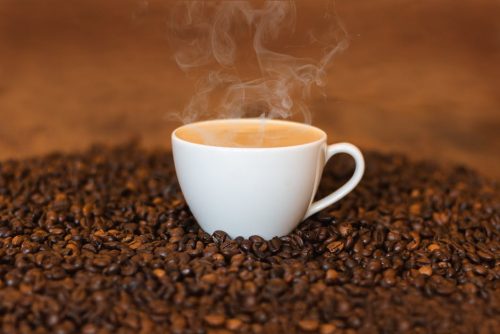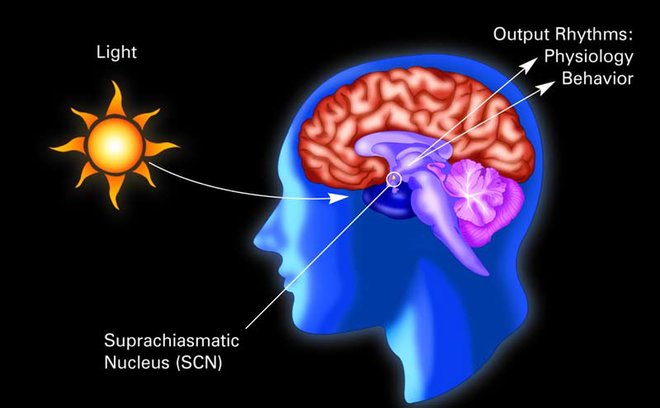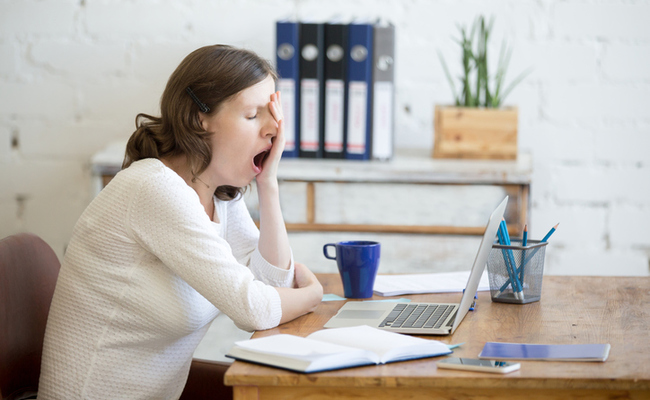
For many people around the world, waking up is synonymous with having a cup of coffee. According to a 2015 Gallup poll, 64% of Americans report drinking at least 1 cup of coffee a day and the average person drinks 2.7 cups of coffee a day.
How coffee is made:
Coffee beans that we know and love are actually not beans at all- they are seeds! According to the National Coffee Association of USA, once processed, the seeds can be used to brew coffee. If they are not processed, the seeds can be planted and grow into new coffee trees. The seeds themselves come from the fruit of coffee trees, known as coffee cherries. After the cherries have been picked, they are processed through either a dry or wet method in order to remove the pulp. These “beans” are they dried, milled, and exported before they are tasted for quality. They are they roasted, ground, and finally sent on their way to be brewed.
How caffeine works:
According to the concept of sleep homeostasis, sleep is a compensatory response to the preceding waking episode. The longer you have been awake, the greater the pressure to sleep. This pressure to sleep is mediated by adenosine, which increases in concentration the longer you are awake. Adenosine depresses central nervous system activity and causes you to be more sleepy. Caffeine has a similar structure to adenosine, and ends up binding to all of the adenosine receptors. This means that the adenosine molecules can no longer be sensed by the cells which is why you are prevented from feeling sleepy.
Different sources of caffeine:
According to the FDA, healthy adults should limit their caffeine intake to a maximum of 400 mg, which is the equivalent of about 4 to 5 cups of coffee. Exceeding this amount may result in anxiety and irritability. Coffee may be a common beverage, but it is not the only drink or food item that contains caffeine. Take a look at the following chart to see how your your caffeine consumption measures up to the recommended maximum:
| Product | Serving Size | Caffeine (mg) |
| Coffee | ||
| Coffee, brewed | 1 cup (8 oz) | 95 |
| Espresso | 1 oz | 64 |
| Coffee, instant | 8 oz | 62 |
| Coffee, brewed, decaf | 1 cup (8 oz) | 2 |
| Tea | ||
| Lipton Black Tea | 1 cup | 55 |
| Lipton Original Iced Tea | 16 oz | 50 |
| Tea, brewed | 1 cup (8 oz) | 47 |
| Lipton 100% Green Tea | 1 cup | 45 |
| Tea, instant, unsweetened | 1 cup (8 oz) | 26 |
| Lipton Brisk Tea | 12 oz | 9 |
| Tea, herbal | 1 cup (8 oz) | 0 |
| Energy Drinks | ||
| Monster | 16 oz | 173 |
| NOS | 16 oz | 160 |
| Rockstar | 16 oz | 158 |
| Full Throttle | 16 oz | 158 |
| Amp | 16 oz | 149 |
| Red Bull | 12 oz (16 oz equivalence) |
111 (148) |
| Red Bull | 8.4 oz (2 can equivalence) |
77 (154) |
| Sodas | ||
| Pepsi One | 12 oz | 54 |
| Mountain Dew | 12 oz | 53 |
| Mello Yellow | 12 oz | 52.5 |
| Diet Coke | 12 oz | 46.5 |
| Pepsi | 12 oz | 37.5 |
| Diet Pepsi | 12 oz | 36 |
| Coca Cola Classic | 12 oz | 34.5 |
| Caffeine free Coke, Pepsi | 12 oz | 0.0 |
| Sprite, 7-Up | 12 oz | 0.0 |
| Medications | ||
| NoDoz | 1 tablet | 200 |
| Vivarin | 1 tablet | 200 |
| Extra Strength Excedrin | 2 tablets | 130 |
| Anacin | 2 tablets | 64 |
| Other | ||
| Chocolate chips, semi-sweet | 1 cup (6 oz bag) | 104 |
| Chocolate chips, milk chocolate | 1 cup | 34 |
| Baking chocolate, unsweetened | 1 square | 23 |
| Milk chocolate bar | 1 bar (1.55 oz) | 9 |
| Chocolate pudding, ready-to-eat | Snack size (4 oz) | 6 |
| Frozen yogurt, chocolate | 1 cup | 5 |
| Chocolate ice cream | 1 cup | 4 |
| Hot cocoa | 1 packet, 6 oz water | 4 |
| Chocolate syrup, fudge-type | 2 tbsp | 3 |
| Chocolate-chip cookie, packaged | 1 cookie | 1 |
Sources: Data compiled by SleepEducation.org and caffeine levels are estimates based on both the USDA National Nutrient Database for Standard Reference and information provided by manufacturers.
Caffeine and sleep:
After consumption, caffeine is absorbed by the blood and body tissues within 45 minutes and remains there for about 4 to 6 hours. For this reason, you should set a daily firm cutoff for the consumption of coffee (and other caffeine containing products). Even if you don’t feel the effects of coffee, it can still cause sleeping problems later in the night. It is generally advised to limit coffee intake to the morning hours and stop consumption by 2 pm. If you still crave coffee, you can always order decaffeinated.


